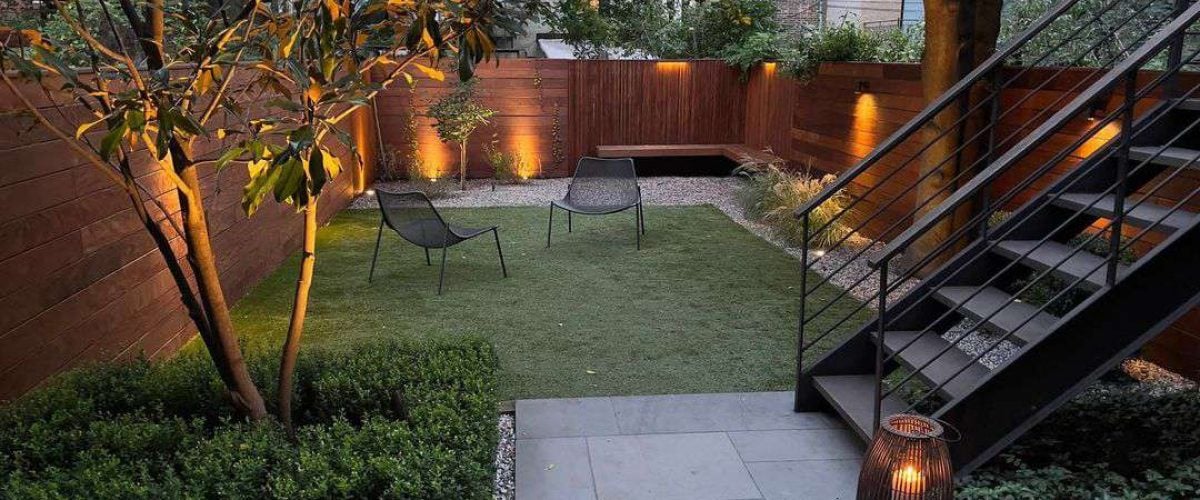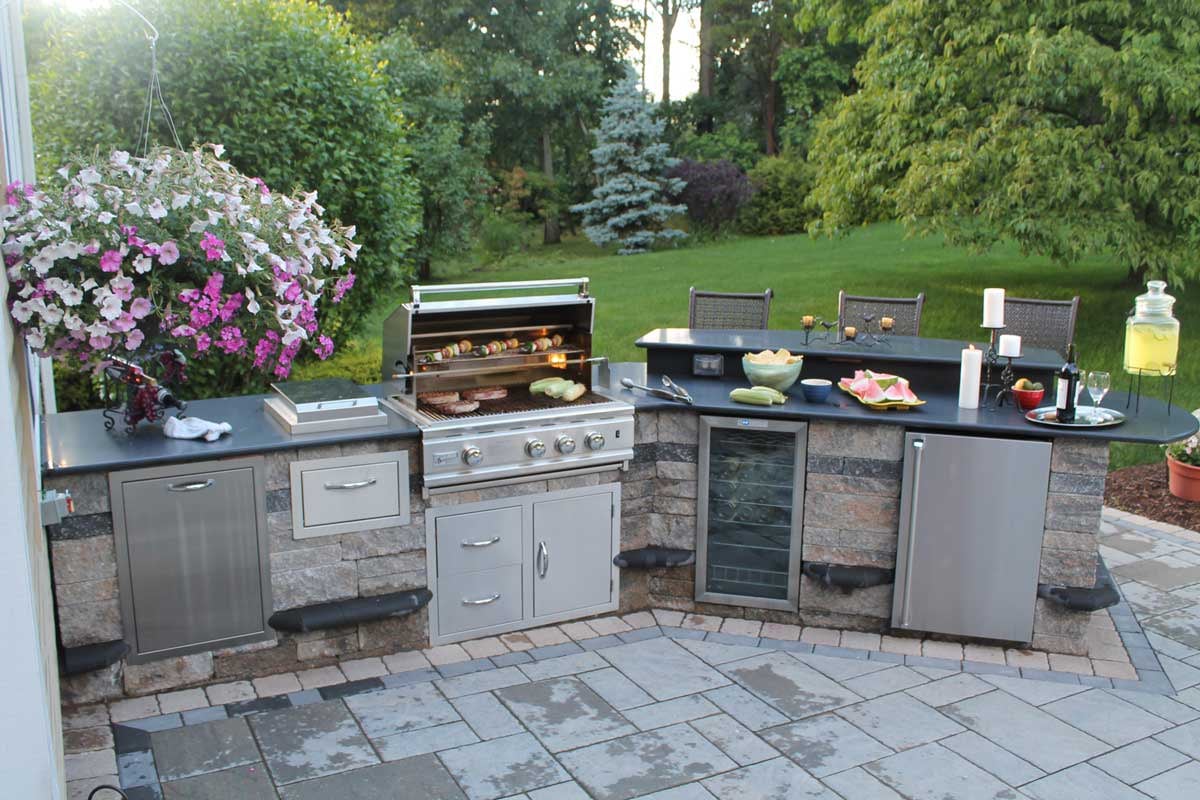When starting a landscape project, it can be overwhelming. Lipanovich recommends using temporary solutions, like mulch and fast-growing groundcovers, to cover bare spaces until you figure out what to plant where.
Balance is a design principle that’s easy to accomplish with the right combination of plantings and hardscape features. Repetition gives a landscape a unified look, but too much repetition can become monotonous.
Color
Color is the most recognizable element of a landscape design. It is used to highlight, harmonize, contrast, balance and give meaning to a space. Color is also a major factor in landscape designs because it reflects the natural environment and influences the climatic and geographical characteristics of the area.
Color schemes can be very simple or complex. Complementary colors are paired together on the color wheel and make each other stand out more. Silvers, grays and pastels are examples of complementary colors. Another type of color scheme is a riotous one that includes many vibrant flowers and plants.
Texture is an important design element as well. Hardscape materials like paving, sidewalks and walls should be consistent with the soil tone in the surrounding landscape. Repetition is important for a successful landscape design, but it should be used sparingly to avoid monotony. It is also important to use different textures throughout a landscape for a more balanced look.
Form
The way shapes, curves and forms interact with each other to create visual movement is vital to landscape design. This concept is often referred to as “movement” or “flow.” Movement can be achieved through a combination of spatial organization (using lines) and focal points that guide the eye.
Texture plays an important role in a landscape by creating feeling and perspective. Fine textured plants create a light and delicate feel while coarse textured plant materials add a sense of depth and distance.
The theme of a landscape helps to convey an image that may be soothing, healing, sustainable, fun, professional or edgy. This is accomplished through elements of the landscape like water features, art and plantings. Themes can also be achieved through a consistent use of form, color and texture throughout the design.
Line
Landscape lines can be real or implied and can create a variety of patterns, develop spaces, control movement, establish dominance and create unity in the landscape. They can be a boundary between two different materials such as brick and grass or the outline of an object such as a tree, structure or fence. They can also be created with hardscape materials (pavers) and plant coverage.
The pacing of your plants and the scale of your landscape elements is key to a cohesive design. It’s important to find a balance between repetition and new elements, as too much repetition can lead to monotony and too few elements may cause confusion.
Texture is an element that can be perceived through both touch and vision. The fineness or coarseness of a leaf, branch, or bark along with the heaviness or lightness of foliage all play an important role in creating texture in a garden. It’s important to add contrasting textures to the landscape as well in order to create interest.
Unity
Unity, or harmony, is when all the parts of your landscape work together to create a great whole. This includes colors, forms, textures, beds, hardscape materials and other elements in your garden.
Creating unity in the garden is important to prevent it from looking like a collection of random objects that have been placed there without thought. For example, using too many of one type of plant can create a cluttered look. On the other hand, too little variety can lead to a monotonous landscape design.
The use of lines is another important way to create unity in the garden. For instance, vertical lines move the eye upward and emphasize a feature. Horizontal lines, such as those created by paths or walkways, can create a sense of movement and unity in the garden. Other lines, such as curved lines or circles, can be used to develop patterns, create shapes and control movement in the garden.

